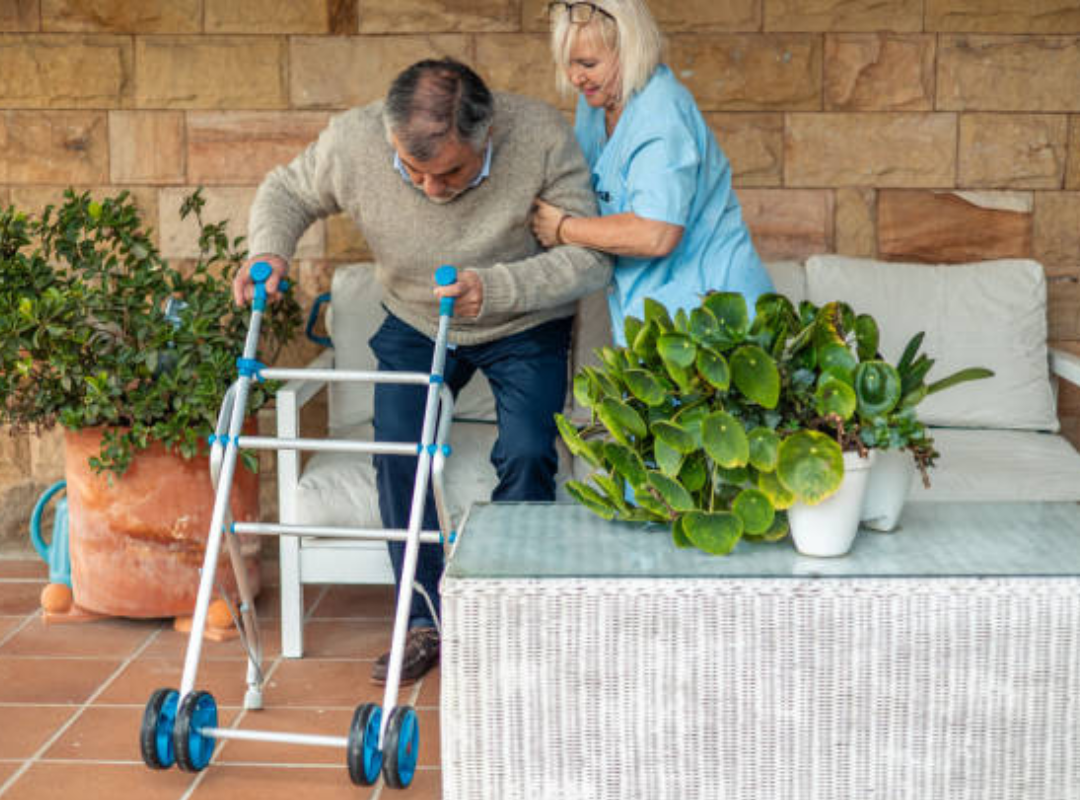Maintaining independence in our senior years isn’t just a desire—it’s a need for dignity, confidence, and overall well-being. As aging progresses, many older adults experience reduced mobility due to arthritis, joint pain, or balance issues. That’s where the right mobility aids come into play. These essential tools not only improve day-to-day functionality but also help reduce the risk of falls and injuries. Choosing the right device can drastically transform a senior’s quality of life, making it easier to carry out daily tasks without constant assistance. This blog highlights the most effective mobility aids available today and how they support seniors in staying active, mobile, and independent.
Why Mobility Aids Are Essential for Senior Independence
As we age, changes in muscle strength, joint flexibility, and balance can affect how we move. For many seniors, these physical changes can turn once-simple tasks into real challenges. Mobility aids bridge the gap between dependence and freedom. They offer seniors the ability to navigate their homes, venture outdoors, and remain involved in social activities—all with enhanced confidence and safety. Whether recovering from surgery or dealing with a chronic condition, the right mobility solution reduces strain and promotes independence. It’s not about limitations—it’s about enabling seniors to reclaim their lifestyle.
Types of Mobility Aids and Their Unique Benefits
The world of mobility aids is far from one-size-fits-all. There’s a wide variety designed to support different levels of mobility and personal needs. Canes, walkers, rollators, wheelchairs, and mobility scooters each serve specific purposes. Canes are perfect for those needing just a little balance support, while walkers offer more stability for people with serious balance or strength issues. Rollators come with wheels and seats, ideal for longer walks and resting as needed. For those who have lost significant mobility, powered wheelchairs or scooters provide freedom of movement without exertion. Selecting the right aid depends on the senior’s lifestyle, health condition, and personal preferences.
Professional Guidance Makes a Big Difference
Choosing the right mobility aids isn’t always straightforward, especially when a senior has multiple health conditions or unique home layouts. That’s why involving professionals early in the decision process is so valuable. Trained experts, such as physical therapists or occupational therapists, assess the individual’s needs comprehensively. In some cases, families also collaborate with experienced home caregivers in Santa Ana who offer insights based on daily, hands-on support. These caregivers understand the senior’s routines and limitations, helping to ensure the selected mobility aid aligns with both medical needs and lifestyle preferences. This collaborative approach often leads to better outcomes and increased confidence for everyone involved.
Top Recommended Mobility Aids for Daily Use
Among the most commonly recommended mobility aids, the standard walker remains a reliable choice for stability. Its four-legged design is sturdy and simple to use, particularly indoors. For active seniors who still enjoy getting out and about, a rollator with a built-in seat and storage compartment is ideal. It offers flexibility and freedom while encouraging longer walks. In contrast, wheelchairs—both manual and powered—are indispensable for seniors with limited or no lower-body strength. Choosing the right aid depends on a careful evaluation of lifestyle habits and health status. Features such as lightweight frames, foldability, and ergonomic handles enhance usability.
Enhancing Mobility Indoors with Adaptive Aids
Not all mobility aids are designed for walking or movement alone—some improve indoor navigation and convenience. Grab bars, transfer boards, and lift chairs are essential additions for seniors with mobility challenges. Grab bars in bathrooms or near stairs help prevent slips, while transfer boards assist in moving between beds and chairs without exerting the body. Lift chairs gently guide seniors to a standing position, reducing strain on joints. These devices make home environments more accessible and less hazardous, enabling seniors to perform daily tasks with greater ease and confidence.
Mobility Scooters: Powering Independence Outdoors
For seniors who love spending time outside or traveling longer distances, mobility aids like scooters offer the perfect solution. These battery-powered devices are user-friendly and designed for various terrains. Compact scooters are great for shopping or park visits, while heavy-duty models can handle uneven outdoor paths. Key features such as swivel seats, armrests, and rechargeable batteries add to their functionality. A well-chosen scooter not only encourages physical activity but also reconnects seniors with social events and community life, all without the fatigue of walking long distances.
Maintaining and Adapting Mobility Aids Over Time
Just like any medical device, mobility aids require regular maintenance and occasional upgrades. As a senior’s health evolves, their care may need adjustments for optimal support. For instance, a walker may eventually need to be upgraded to a rollator, or a manual wheelchair replaced with a powered one. Caregivers and medical professionals should periodically review the effectiveness of the current aid and recommend necessary changes. Keeping the equipment clean, ensuring wheels and brakes are functional, and checking for wear and tear are simple steps that ensure both safety and comfort.
Cost and Insurance Considerations for Mobility Aids
One often overlooked aspect of mobility aids is their cost and insurance coverage. While many Medicare and insurance plans do cover certain types of aids, others might require out-of-pocket expenses. Understanding what’s covered can reduce financial stress and ensure the best device is obtained without breaking the bank. It’s crucial to consult with medical professionals and insurers before purchasing. Some seniors may also qualify for assistance programs or discounts through veterans’ services or nonprofit organizations. Investing in the right aid pays dividends in the form of better health, reduced hospital visits, and improved quality of life.
Emotional and Psychological Benefits of Staying Mobile
The advantages of mobility aids go beyond the physical. Seniors who can move about freely tend to have higher self-esteem, reduced feelings of isolation, and better mental health. The ability to perform daily tasks independently fosters a sense of purpose and control. Even something as simple as walking to the kitchen unaided or attending a community gathering makes a big difference in how a person views. A well-chosen mobility device is a confidence booster and a tool that empowers seniors to live life on their terms.
Conclusion
Staying independent as we age isn’t just about resisting help—it’s about choosing the right kind of help. Mobility aids play a crucial role in ensuring that seniors live comfortably, safely, and with dignity. Whether it’s a simple cane or a high-tech scooter, the right aid can transform daily routines and open doors—literally and figuratively. For families and caregivers, supporting seniors with well-researched mobility solutions is a gift of freedom and peace of mind. Independence doesn’t have to fade with age—it just needs the right support.















Leave a comment